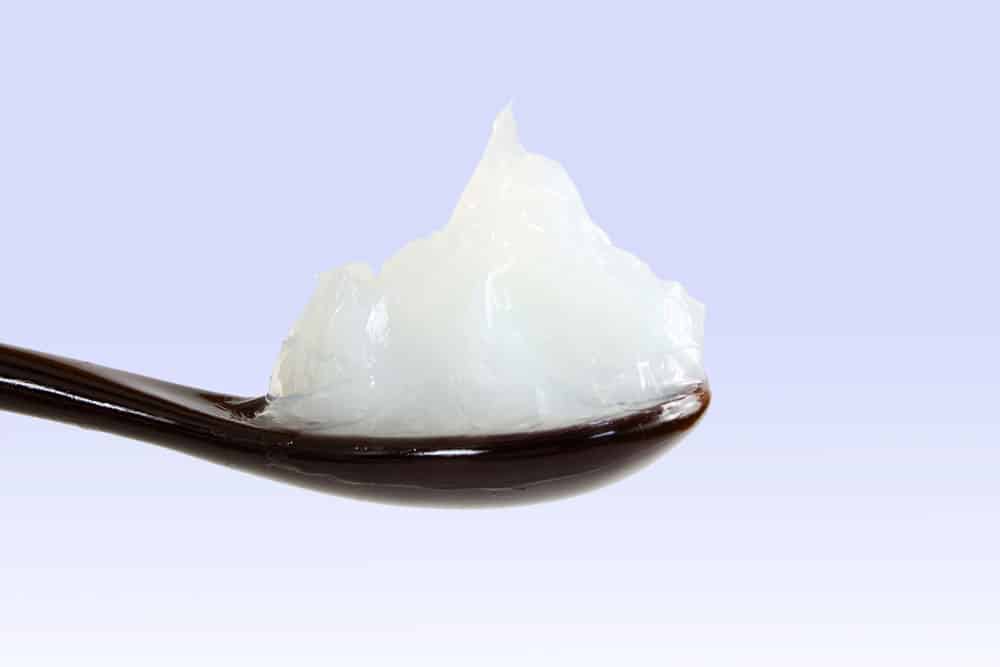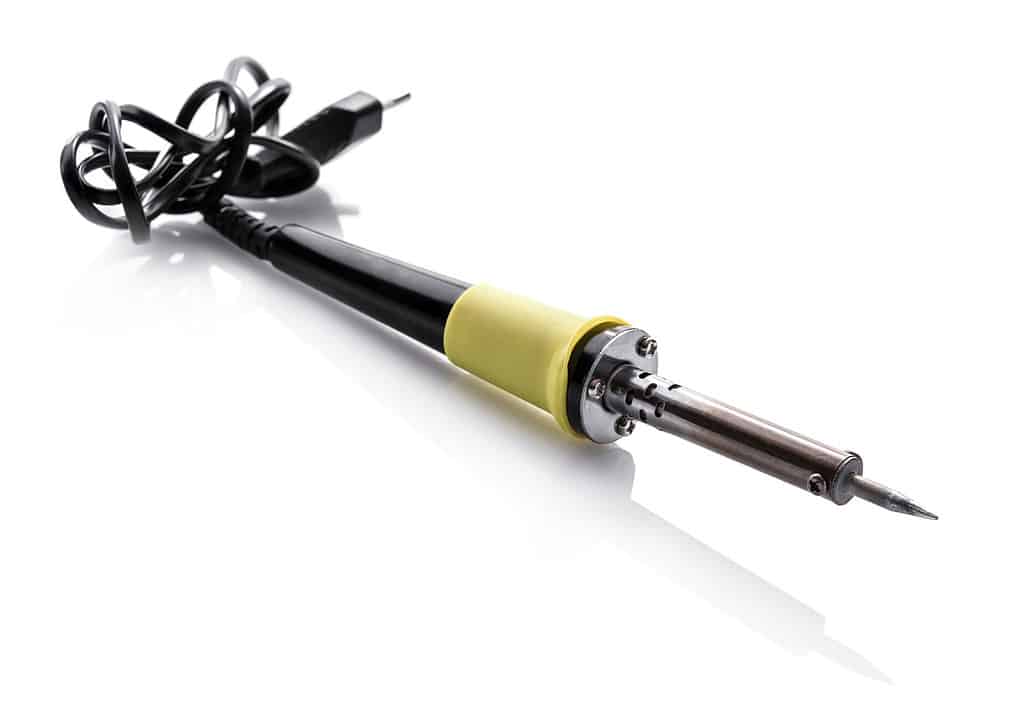Can You Solder Without Flux? Anytime manufacturing or repairing a circuit board, it’s common to solder it.
Therefore, you need to apply soldering flux to develop stronger soldering joints and connections
. Generally, flux helps to limit oxidation, improve electrical contacts, and facilitate solder flow.
But can you solder without flux?
Generally, you can do away with flux but use reliable alternatives like vinegar and lemon juice. Surprisingly, soldering without flux saves both money and time.
This article provides all the information you need about soldering without flux.
Table of Contents
- Is It Possible To Solder Without Flux?
- Importance of Flux in Soldering
- Ways of Soldering Without Flux
- Tips on How To Improve Your Soldering Without Flux
- Types of Flux To Use During Soldering
- FAQ
- Conclusion
Is It Possible To Solder Without Flux?
Absolutely! You can solder your circuit without flux. Although we acknowledge how important soldering flux is and how it breaks down metal oxides from the board surface, the process isn’t necessary.
Nowadays, some solder products are designed with a rosin core that can do the work of flux.
Therefore, you need to check whether your solder contains flux or not before discarding the use of flux.
Moreover, there are reliable alternatives to the flux that you can use to break down metal oxides.
Surprisingly, some options are cheaper than flux; you can even make them home.
Furthermore, they’ll still do a good job, and the application process is straightforward. We’ll go through some of the available alternatives later in this article.
Importance of Flux in Soldering

(Applying flux during maintenance)
Generally, flux offers the following benefits:
- We use flux to protect the circuit board surface during soldering.
- It lets the solder form well between the component and the pad.
- The main function of solder is to break down metal oxides, thus allowing solder to create strong joints and connections.
- It gives your circuit board surface the right adhesion and viscosity.
- Flux protects your circuit board surface while soldering.
- It gives the solder particles a longer lifespan.
Ways of Soldering Without Flux
As highlighted, you can solder your circuit board without using flux.
Therefore, we’ll look at the key approaches you can employ.
Using Petroleum Jelly

(Petroleum jelly on a spoon)
Most engineers and technical experts use petroleum jelly as the main alternative to soldering flux. Surprisingly, all you need to apply this product is thick petroleum jelly on your intended area.
Consequently, it’ll function as a barrier that prevents metal oxidation.
However, ensure you get food-grade petroleum jelly quality for this purpose.
Fortunately, you can get it from any online or hardware store.
We recommend petroleum jelly, which is non-toxic and has a low melting point.
Moreover, you’ll find it cheaper and use it for other purposes.
Check out the steps for applying petroleum jelly below:
- Take petroleum jelly and apply a thick layer on your intended surface.
- Have the soldering iron the petroleum jelly and allow it time to melt.
- Next, you can touch your solder wire to the jelly and give it time to flow onto the joint.
- You can remove the soldering iron to give the joint enough cooling time. Finally, take a paper towel or cloth to clean excess petroleum jelly.
Lemon Juice Flux
Many won’t believe lemon juice is also an effective soldering flux alternative. Surprisingly, it’s simple to use since you only need to apply it to your intended area and proceed with your soldering.
We like it since it’s a natural flux and thus has limited potential for damage than the chemical options.
Moreover, lemon juice is readily available at an affordable price.
However, we noted that lemon juice becomes corrosive, especially when you fail to clean the excess after application.
For the best result, ensure you only use 100% pure lemon.
Pinecone
This flux is made by mixing denatured ethyl alcohol and 10-15 pinecones. Surprisingly, the natural pine tar in cone leaves can be extracted to function as flux.
You must cut the leaves, leave them in a container and add some alcohol. Let it sit overnight to create an effective solution.
Ensure you stir your container and strain the leaves. Next, filter the liquid to get the pine solution.
You’ll be surprised to learn that pinecone works better than some notable flux. Besides using pinecone as a flux, you can also employ it to start a fire.
Scraping Method
We have an alternative approach to the flux that eliminates the need for liquid use. This involves scraping the circuit board surface to remove metal oxide before a soldering exercise.
However, this method requires that you scrape several times to remove all oxidation. Moreover, removing it might take a long time, thus not as effective as the other alternatives.
Therefore, we recommend it as your last resort.
Borax
Closing our list of soldering flux alternatives is Borax. Although Borax is effective, it releases fumes after heating. Therefore, ensure you use it in a well-ventilated or open area.
Tips on How To Improve Your Soldering Without Flux

(A soldering iron)
Even if you’re not using soldering flux, there are things to help you improve the soldering. Check out the tips below:
Keep The Soldering iron Tidy
We noted that with time, the soldering iron is oxidized, and the problem worsens if you disregard using flux.
Therefore, we recommend cleaning the soldering tip with a wet or brass sponge. However, a wet sponge will improve the lifespan of your soldering iron.
Have a Helping Hand Station
Why do you need a helping hand station? Well, it helps you stabilize your circuit board by positioning it in a constant spot and giving you space and time to focus on the soldering iron.
Surprisingly, assisting hand stations also come with magnifying lenses and strong lighting to help you view the circuit board easily.
Types of Flux To Use During Soldering

(Soldering iron melting rosin flux)
For most applications, the solder that comes with the solder wire is enough. However, using additional flux might help during desoldering and surface-mount soldering.
Therefore, we have highlighted the types you can use below:
Rosin Flux
Rosin is the oldest and most common flux on the market. Surprisingly, it’s only active when you expose it to high temperatures.
This product effectively removes metal oxides and foreign particles from a circuit board surface.
And since it forms a residue on the board after application, we recommend using isopropyl alcohol to remove it.
Organic Acid Flux
Weak acids like lactic, stearic, and citric acids can be helpful as flux. In most cases, you combine them with water and isopropyl alcohol. Surprisingly, these acids are stronger than rosin and remove oxides more quickly.
Moreover, since this flux is water soluble, cleaning it off with water becomes easy after application.
However, ensure your circuit components don’t get wet in the process.
Inorganic Acid Flux
You better consider inorganic acid flux when working with stronger metals like brass, stainless steel, and copper.
This flux blends stronger acids like zinc chloride, ammonium chloride, and hydrochloric acid.
However, after application, they leave a corrosive residue that needs a thorough cleaning. Otherwise, you risk it destroying the solder joints.
FAQ
Why is your soldering not sticking?
Your soldering is not sticking on the circuit board because it has dirt or metal oxides.
Therefore, apply a reliable soldering flux on the surface and try cleaning again.
What flux should you avoid for electric circuits?
Avoid activated and mildly activated rosin flux if possible since it leaves behind corrosive residues that might affect your soldering.
And if you must use them, ensure you remove them from the board after application.
Do flux damage components?
Most flux products are acidic and thus corrode and damage components with time. Therefore, ensure you clean them off the circuit board after application.
Conclusion
As highlighted, you can solder without flux by using other reliable alternatives. The best alternatives include Borax, pinecone, lemon juice, and petroleum jelly.
Moreover, you can also opt for the scaping method, which is free.
However, this method will require that you scrap multiple times to remove all metal oxides and dirt.
All in all, these alternatives are worth it and can replace soldering flux at any time.
